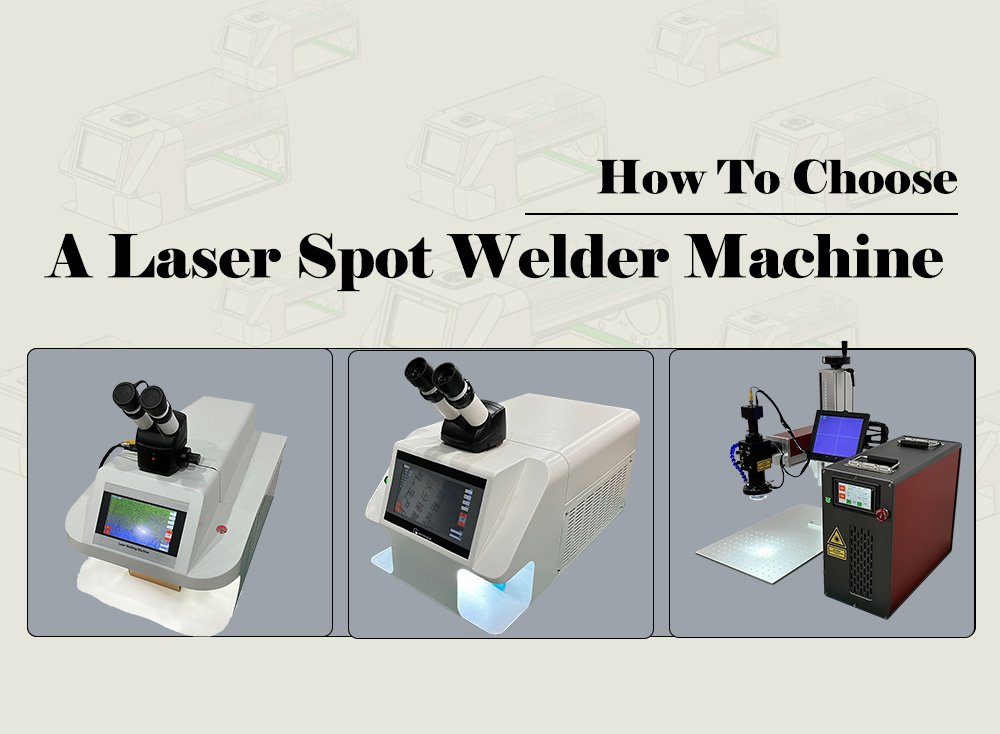What is the laser welding thickness suitable for pulse laser welding machine?
Pulse laser welding machines are generally used for precision welding of thin materials. The most suitable welding thickness is between 0.1 mm and 2 mm. When the welding thickness of the material exceeds 2mm, it is recommended to use a continuous laser welding machine.
How to choose a pulse laser welding machine?
Pulse laser welding machines can be divided into YAG laser welding and QCW laser welding. When the welding depth is less than 1mm, both QCW and YAG laser welding can be used; however, the welding effect needs to be tested with the sample. When the welding depth is between 1 mm~2 mm, it is recommended to use YAG laser welding because the single pulse energy of YAG laser welding can reach 100 J~120 J, which is much higher than the QCW laser welding machine.
What are the key factors affecting welding thickness?
The welding thickness is mainly affected by three aspects. Firstly, the laser energy parameters, such as pulse energy, peak power, pulse width, and repetition rate. The parameters can be freely adjusted by the laser welding system. Secondly, material properties. It mainly refer to the reflectivity and absorptivity of the material. For example, copper and gold are difficult to weld in the near-infrared band and require higher power. Thirdly, process parameters. They mainly refer to welding speed and welding shielding gas.
Summary
The core advantage of pulse laser welding lies in precision and thin welding materials (<2mm). The application includes jewelry laser welding machines used in the jewelry industry, micro laser welding machines used in denture restoration, and multi-axis laser welding machines used in the electronics and medical industries. For materials with a welding depth greater than 2mm, it is recommended to choose continuous laser welding or composite welding instead of pulsed laser welding.


